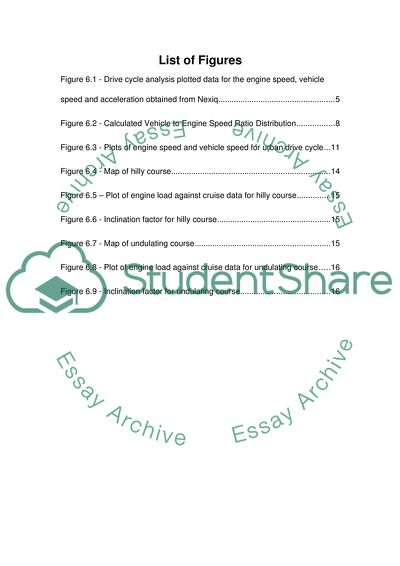Cite this document
(Analysis of Logged OBDII Data Report Example | Topics and Well Written Essays - 1500 words - 1, n.d.)
Analysis of Logged OBDII Data Report Example | Topics and Well Written Essays - 1500 words - 1. https://studentshare.org/engineering-and-construction/1810629-phd
Analysis of Logged OBDII Data Report Example | Topics and Well Written Essays - 1500 words - 1. https://studentshare.org/engineering-and-construction/1810629-phd
(Analysis of Logged OBDII Data Report Example | Topics and Well Written Essays - 1500 Words - 1)
Analysis of Logged OBDII Data Report Example | Topics and Well Written Essays - 1500 Words - 1. https://studentshare.org/engineering-and-construction/1810629-phd.
Analysis of Logged OBDII Data Report Example | Topics and Well Written Essays - 1500 Words - 1. https://studentshare.org/engineering-and-construction/1810629-phd.
“Analysis of Logged OBDII Data Report Example | Topics and Well Written Essays - 1500 Words - 1”. https://studentshare.org/engineering-and-construction/1810629-phd.


